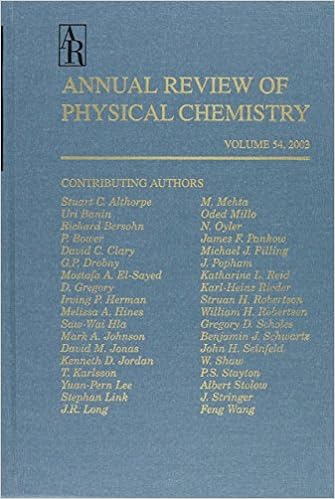用质谱数据预测蛋白质结构。
IF 11.7
1区 化学
Q1 CHEMISTRY, PHYSICAL
Annual review of physical chemistry
Pub Date : 2022-04-20
DOI:10.1146/annurev-physchem-082720-123928
引用次数: 14
摘要
蛋白质结构的知识对于我们理解生物功能是至关重要的,并且经常用于药物发现。确定蛋白质三维原子坐标的高分辨率技术是可用的。然而,这些方法经常受到实验挑战的限制,如样本数量、目标大小和效率。结构质谱法(MS)是一种快速且相对容易地阐明蛋白质结构特征的技术。需要将稀疏的MS数据转换为与数据一致的蛋白质模型的计算技术。这篇综述采用了尖端的计算方法,从质谱数据预测蛋白质结构,如化学交联,氢-氘交换,羟基自由基蛋白质足迹,有限的蛋白质水解,离子迁移率和表面诱导解离。此外,我们还讨论了用稀疏MS数据预测蛋白质结构的未来方向。本文章由计算机程序翻译,如有差异,请以英文原文为准。
Protein Structure Prediction with Mass Spectrometry Data.
Knowledge of protein structure is crucial to our understanding of biological function and is routinely used in drug discovery. High-resolution techniques to determine the three-dimensional atomic coordinates of proteins are available. However, such methods are frequently limited by experimental challenges such as sample quantity, target size, and efficiency. Structural mass spectrometry (MS) is a technique in which structural features of proteins are elucidated quickly and relatively easily. Computational techniques that convert sparse MS data into protein models that demonstrate agreement with the data are needed. This review features cutting-edge computational methods that predict protein structure from MS data such as chemical cross-linking, hydrogen-deuterium exchange, hydroxyl radical protein footprinting, limited proteolysis, ion mobility, and surface-induced dissociation. Additionally, we address future directions for protein structure prediction with sparse MS data. Expected final online publication date for the Annual Review of Physical Chemistry, Volume 73 is April 2022. Please see http://www.annualreviews.org/page/journal/pubdates for revised estimates.
求助全文
通过发布文献求助,成功后即可免费获取论文全文。
去求助
来源期刊
CiteScore
28.00
自引率
0.00%
发文量
21
期刊介绍:
The Annual Review of Physical Chemistry has been published since 1950 and is a comprehensive resource for significant advancements in the field. It encompasses various sub-disciplines such as biophysical chemistry, chemical kinetics, colloids, electrochemistry, geochemistry and cosmochemistry, chemistry of the atmosphere and climate, laser chemistry and ultrafast processes, the liquid state, magnetic resonance, physical organic chemistry, polymers and macromolecules, and others.

 求助内容:
求助内容: 应助结果提醒方式:
应助结果提醒方式:


